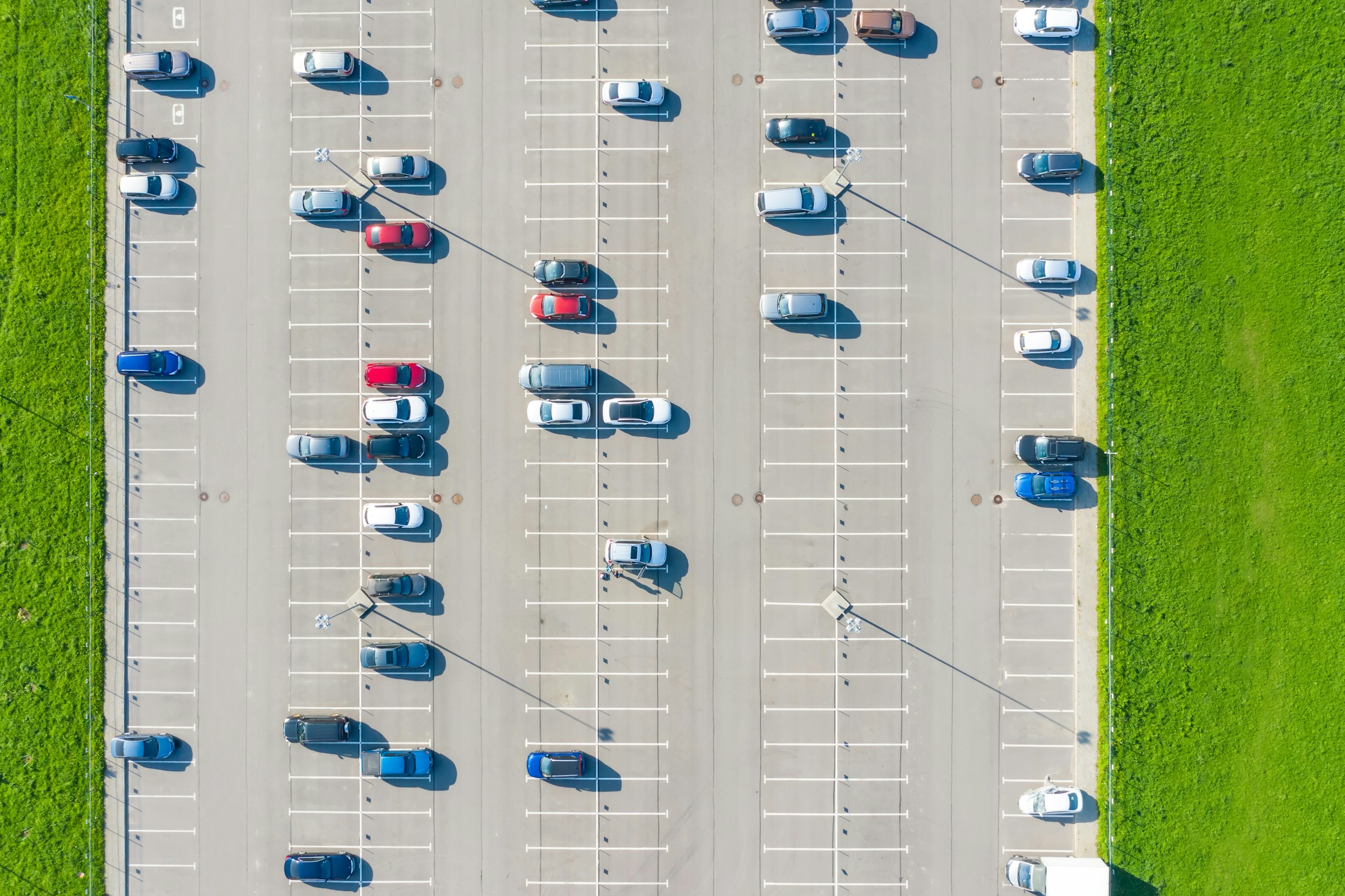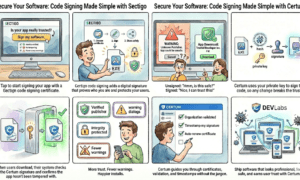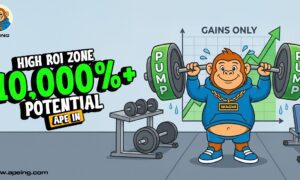The way people interact with businesses has changed—and parking is part of that interaction. It’s often the first impression and one of the last, shaping how customers and clients feel before they even walk through the door. Yet many companies overlook how much disorganized parking can impact satisfaction, operations, and profit.
Delaying upgrades to parking systems creates ripple effects: lost revenue, staff frustration, and missed chances to improve the experience. Investing in parking management solutions isn’t just about convenience—it’s a strategic move that supports smoother operations and leaves a stronger impression. As competition grows, businesses that take parking seriously are the ones that stay ahead.
Missed Revenue from Underused Spaces
Too often, businesses don’t realize how much money they lose from disorganized parking. Empty or misused spaces mean lost potential income—especially when unauthorized people take the best spots. Parking can become a real problem area where unclaimed opportunities stack up quickly. During busy times, fixed pricing doesn’t attract short-term parkers who might be willing to pay extra for a convenient spot. As a result, valuable space goes unused.
Revenue can also take a hit when employees use spots meant for customers. This hurts the overall appeal, especially for people who care about easy access. A dynamic pricing model could help meet changing demand and bring in more income.
Operational Inefficiencies Burden Staff
When parking is a mess, staff often get pulled into solving problems that distract from their main roles. Sometimes complaints land with staff who aren’t trained to handle them, making the situation worse for everyone. Without a solid parking plan, businesses rely on last-minute fixes that can create uneven and frustrating experiences.
Administrative teams can also get bogged down with manual tasks—like managing permits or dealing with disputes—that slow productivity. These constant interruptions drain energy and morale. A better parking system would reduce these distractions and let employees focus on the work that matters most.
Poor Data Leading to Bad Decisions
Parking lots hold a lot of valuable data that could help guide better business decisions. Things like how many cars enter between 8 and 10 a.m. or how long visitors stay are details that can highlight patterns and point to smarter planning. Ignoring this data leaves gaps in understanding—gaps that affect budgets and how resources get used.
It’s not just about usage stats either. Problems that go untracked create frustration and lost sales. A strong data system can help uncover insights that let businesses adjust faster. Tracking how long certain sections of the lot remain empty during different times of day, for instance, can highlight underused areas. Regular analysis of parking data can pinpoint underused areas, reveal peak-time patterns, and guide smarter decisions that directly impact customer satisfaction and revenue.
Tenant and Customer Experience Takes a Hit
Parking sets the tone. Faded lines, confusing signs, or potholes send a message: no one’s paying attention. People notice, and they remember. A visitor struggling to find a spot or managing a dark, cluttered lot won’t think twice about choosing a competitor next time. It’s not just about space—it’s about how seriously you take their time and comfort.
Letting parking conditions slide hurts relationships. A bad experience—like a malfunctioning gate or unclear signage—can discourage return visits. Littered lots and poor lighting suggest neglect. Fresh paint, working systems, and a well-kept space show guests they’re welcome and respected from the start.
Competitive Advantage Slips Away
Delaying upgrades to parking systems can leave a business behind. As customer expectations grow, businesses that stick to outdated methods may struggle to draw and keep people. Tools like automated entry or mobile payments are now expected by many users. Companies using better parking systems stand out as more modern and customer-friendly.
Not acting means missing out—not just on sales but also on long-term loyalty. A smooth parking experience can be the difference between a one-time visit and a loyal customer. Businesses that keep up with technology and appearance build stronger connections. Even something like showing real-time space availability can boost satisfaction and help people feel more in control.
Parking might seem like a background detail, but it shapes how people feel about your business—before any product, service, or handshake. When it’s chaotic, customers arrive frustrated, staff lose focus, and revenue disappears unnoticed. Smart updates—like real-time availability, dynamic pricing, and simple signage—can shift that quickly. A clean, well-lit lot with intuitive systems signals that you respect people’s time. Ignoring it sends the opposite message. Every visit begins and ends in the parking lot. Treat it like part of the customer experience—because it is. If you’re not upgrading your parking, someone else is—and they’re winning your customers.





























